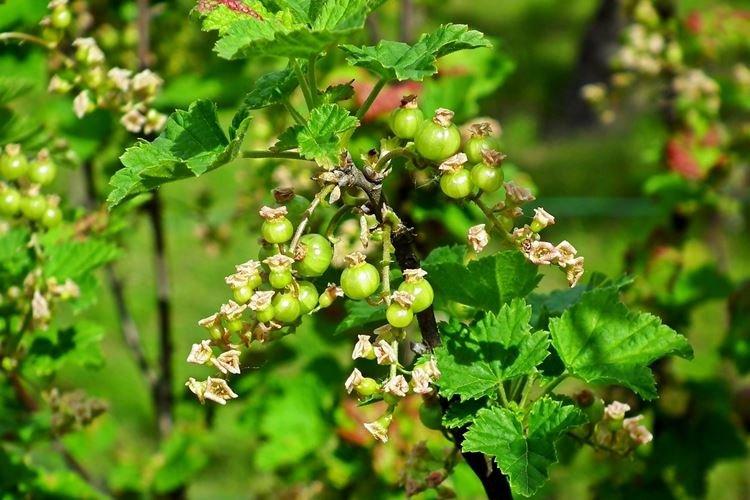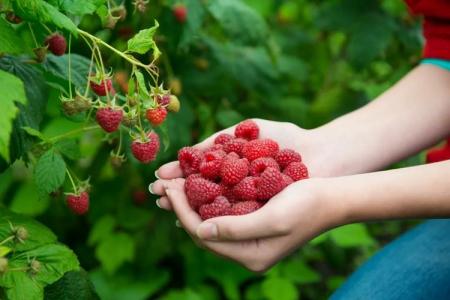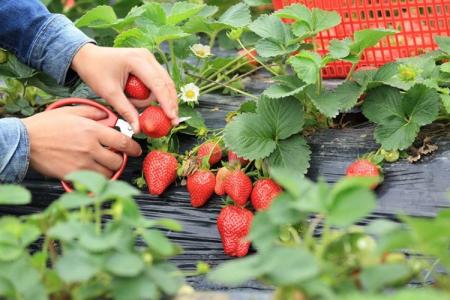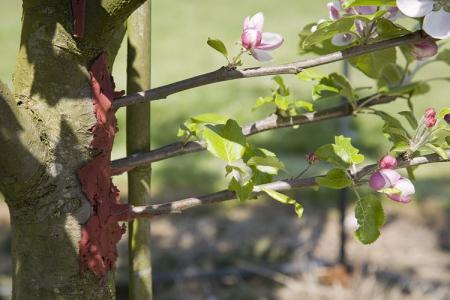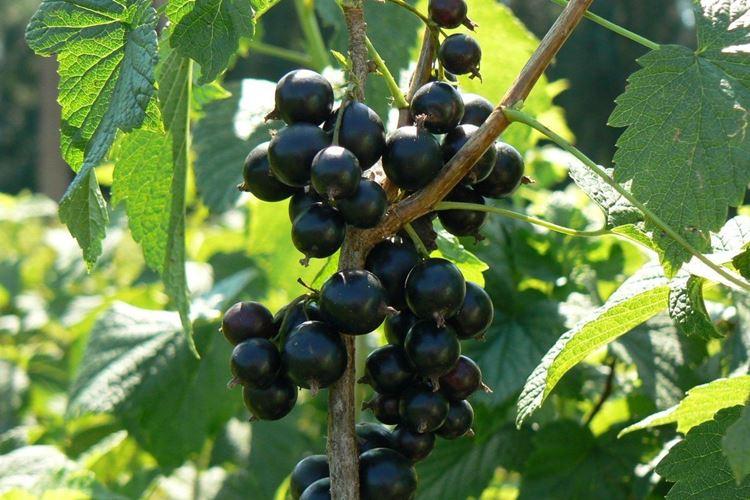
An unpretentious berry always bears fruit actively, so it requires taking care of nutrients. But what fertilizers are better to take, how to apply and what to do next? We have already figured out all the intricacies for you! After all, in order to get a beautiful fruitful garden, you cannot do without knowledge of how to feed currants in spring!
How to understand if top dressing is needed and what is missing?
Berry crops deplete the soil very much over the season, so spring feeding is required. It also gives impetus to the active growth of the shrub and directly affects the harvest. Although the currant is quite unpretentious and will cope on its own - why not improve the result?
Intensive spring feeding can be done only for the first couple of years after planting. If the soil was initially good and fertile, its resources will last for two to three years. After that, you need to gradually add nitrogen, and after another year or two - a full range of trace elements.
Another reason to reduce the intensity of spring feeding is intensive feeding in the fall before that. In this case, with good soil, fertilization can be dispensed with at all if the tree does not show any signs of deficiency.
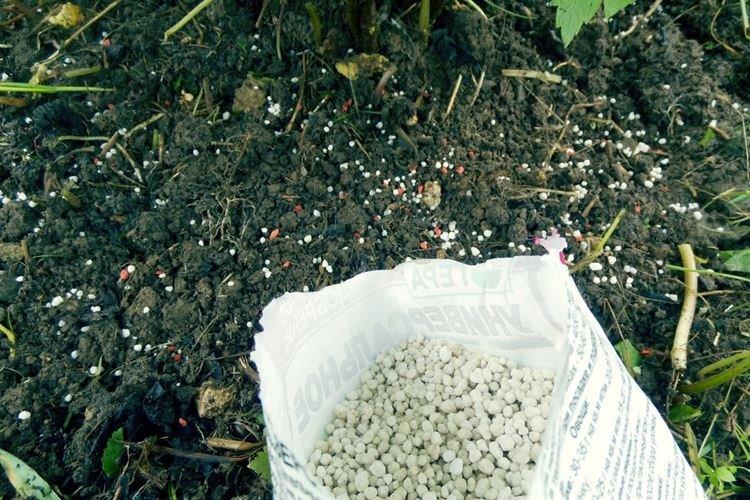
The best time to feed currants
Wait until March until the ground thaws so that it warms up enough. While you can take less harsh organic solutions, but dilute nitrogen with ash or bone meal to regulate acidity. In the northern regions, feeding can be transferred to April and add a little urea with saltpeter.
The next feeding is carried out after about 2 weeks, and the third one - with the same interval. But it is better to take into account the average schedule, and the life cycle of a particular plant. In general, the whole process will just stretch from March to May.
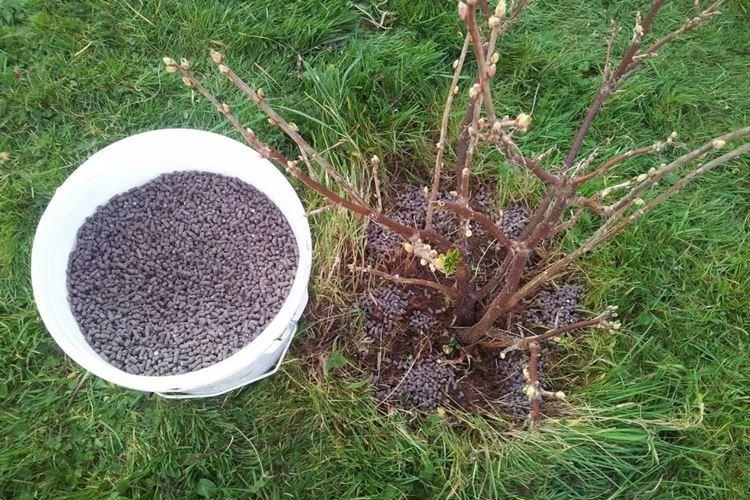
Fertilizers for feeding currants
All types of fertilizing or spraying are suitable for growing bushes, so no complications! In its pure form, fertilizers are absorbed longer and more slowly, and for emergency measures, watering with concentrated solutions is better. This requires both organic and ready-made store additives.
Organic
A currant bush needs manure and slurry, bird droppings, peat and compost. For young bushes, it is not recommended to use organic matter in its pure form, because it is too concentrated. Manure is diluted with water 1:10, poultry - 1:20. Although organic matter is introduced under the root of adult plants without complicating it.
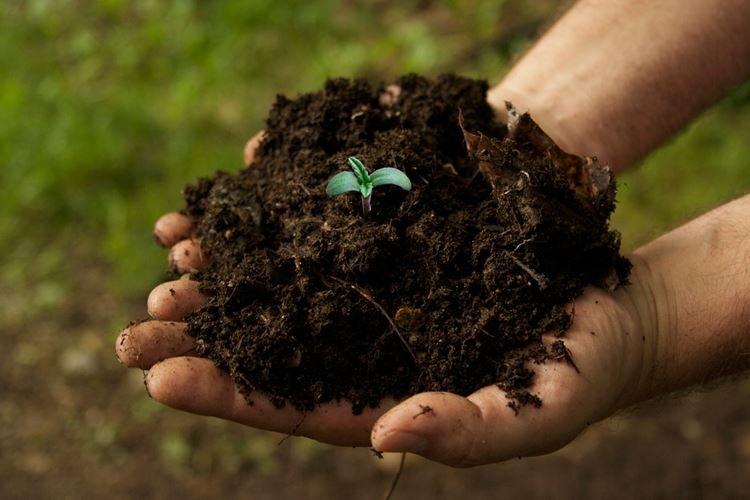
Mineral
Nitrogen is indispensable for the development of green mass: it is urea, ammonium, sodium or calcium nitrate, ammonium sulfate. Keep in mind that the older the bush, the less the dose of urea should be. It also acidifies the soil, so it is combined with ash or bone meal.
Potassium is introduced for a more abundant harvest in sulphate form or in the form of potassium salts. If you use chloride, the main thing is not to oversaturate the soil with chlorine, which is fraught with leaf diseases. Superphosphates are needed for the formation of ovaries and improve the quality of the fruit.
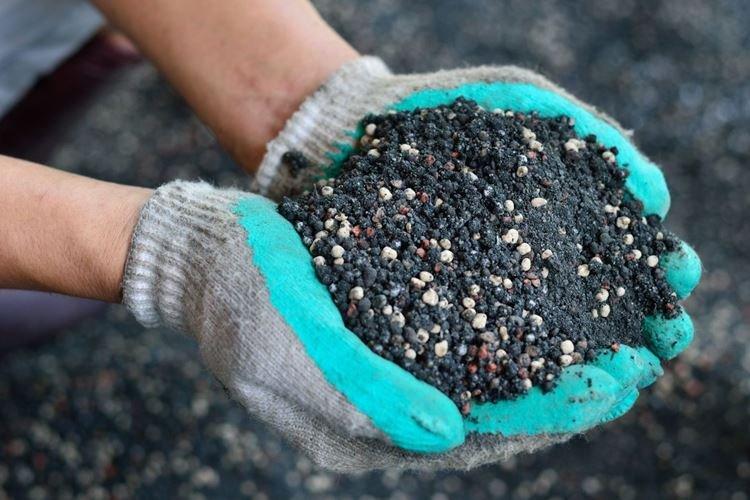
Folk remedies
In addition to organic matter with mineral additives, currant bushes are fed with folk remedies. So yeast, potato peels, banana peels will come in handy. And already well-known to all gardeners ash and infusion of freshly cut grass and weeds.
Feeding currants with ash
The ash must be fresh, because when it lies in the air, it loses its beneficial properties. Sprinkle the soil on it directly in dry form or dilute 100 g in a bucket of water for irrigation. It is a natural antiseptic to prevent fungus and disease.
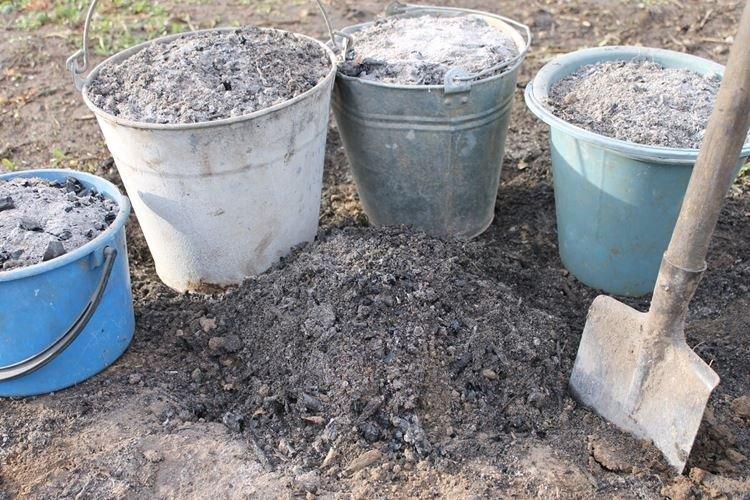
Feeding currants with weeds
Add a kilogram of freshly cut grass to a bucket of water and let it brew for about a week in a warm place so that the liquid ferments.You will get a concentrated watering infusion, which must be diluted 1:10 with clean water before use. The grass must be fresh, so leaves or hay from last year are not suitable.
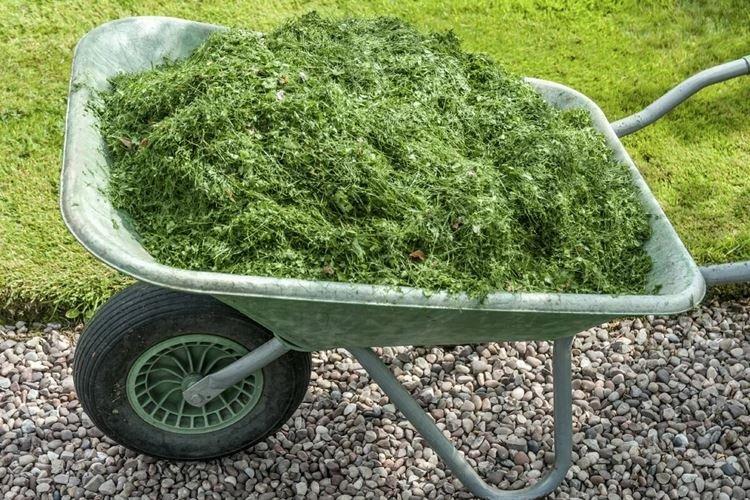
Top dressing with potato peels
Potato skins and trimmings can simply be buried in the ground near bushes. But a starch-rich infusion with boiling water 1: 1 will be much more effective and convenient to use. It needs to be cooled and applied directly at the root, three liters each.
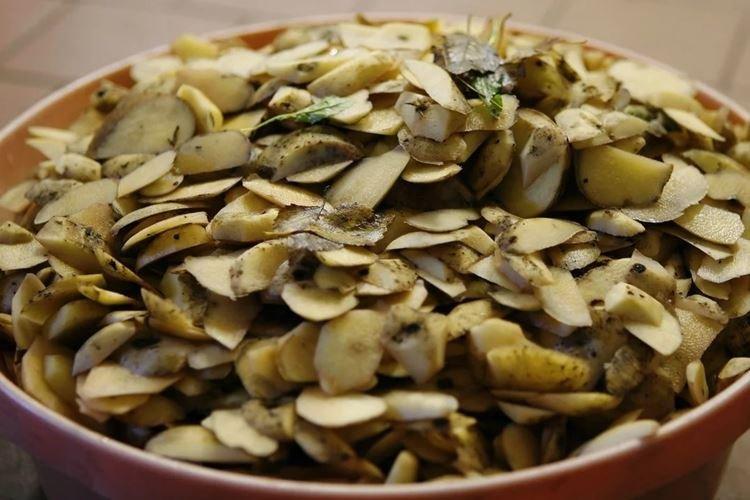
Feeding currants with a banana peel
Prepare the liquid from the peel of a dozen bananas in a bucket of water and let it sit for about a week. This infusion is also great for watering currant bushes, especially black ones. Bananas contain a lot of potassium, and at the same time - without chlorine, which leads to chlorosis of the leaves.
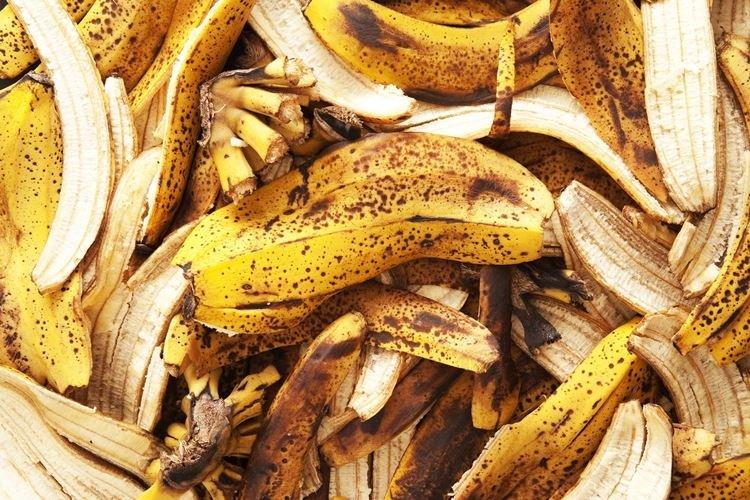
Top dressing with bread crusts
Soak 1 kg of stale dark bread in a bucket of water, add 50 g of yeast and 2 tbsp. Sahara. Let the mass be infused for several days and ferment well. After applying under the bush, mulch it - this way you will keep the nutrients longer and keep the birds away.
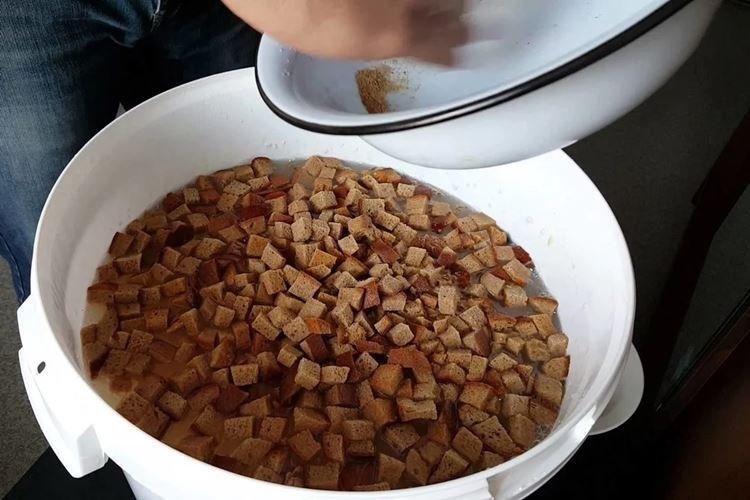
Feeding currants with yeast
Let it brew for a couple of hours with a solution from a bucket of water, a pound of yeast and 100 g of sugar. The result is a very concentrated nutrient blend to accelerate growth and development. Dilute the solution 1:10 with water and use instead of root watering.
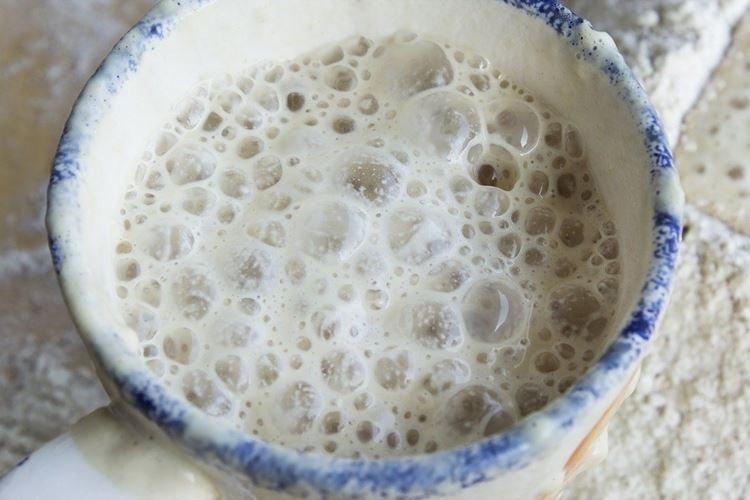
How to feed currants in spring for a good harvest?
Early spring processing solves several problems: it stimulates a set of green mass, provides abundant flowering, and promotes the growth of young shoots. And, of course, lays the foundation for the future harvest and promotes the accumulation of nutrients for the next winter.
Before kidney formation
This is the first and earliest top dressing, which is applied after the stabilization of the positive temperature. Take nitroammophoska and bring it in as soon as you see that the kidneys have begun to swell. You will need 10-15 g for colored or black currant, respectively. If there is a lot of phosphorus and potassium in the soil since autumn, a solution of 50 g of urea per bucket of water is sufficient.
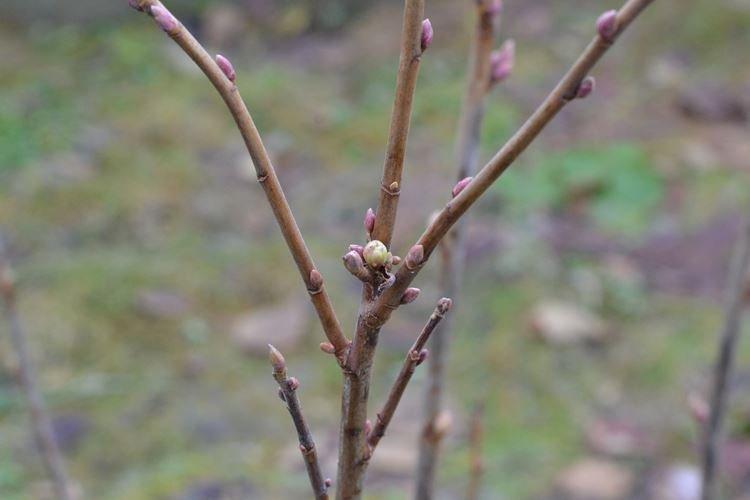
During budding
Until the currants have bloomed, fertilize them with organic infusions to increase the number of buds. A 1:10 mullein solution is ideal, but poultry droppings are needed at a concentration half as weak. The liquid is used for irrigation in the foliar area.
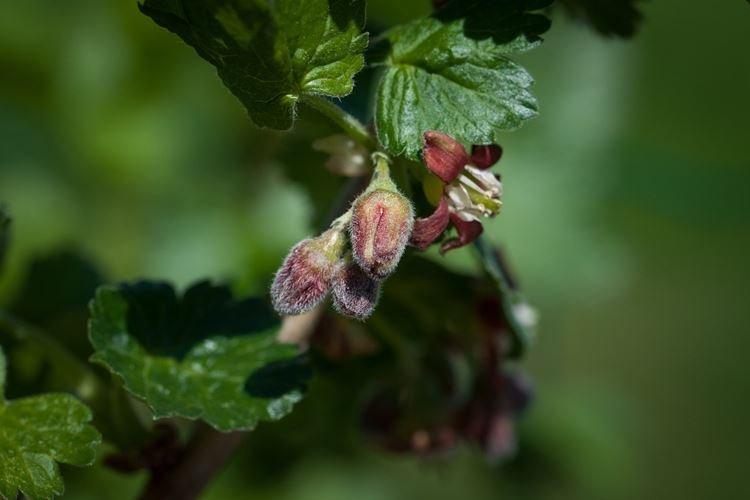
During flowering
Before watering, dilute 10 g of potassium and superphosphate in a bucket. For spraying, the same mixture is suitable, but reduce the concentration by a factor of three. Of the microelements, it is useful to add 2 g of zinc sulfate, copper sulfate, boric acid and 5 g of potassium permanganate.
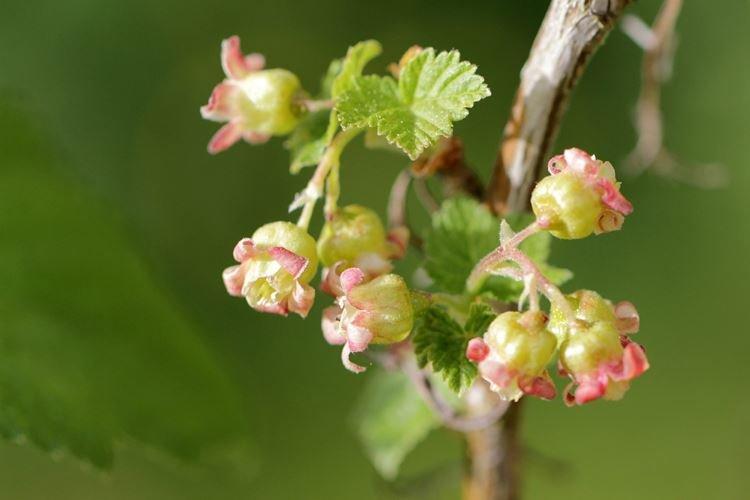
After flowering
In mid-latitudes, the berry blooms successfully in May - then it needs to be fertilized again. For mature shrubs, it will not be superfluous to add some more nitrogen. But best of all - take complex mixtures, dilute them with water and pour them into furrows about 10 cm deep around the trunk.
